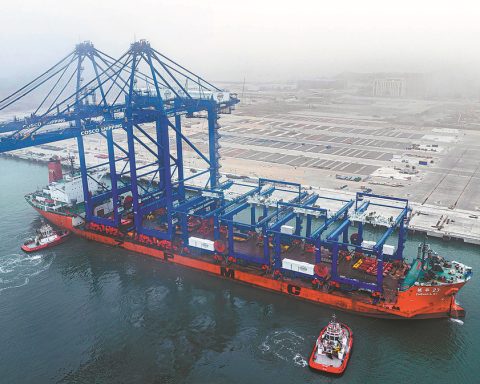In the tumultuous waters of international politics, the agreement reached between Ukraine and the US regarding rare earth elements is regarded not only as an economic initiative but also as a geopolitical turning point. Recently, the two nations reached a consensus on a deal for the exploitation of these strategic resources. However, the tensions simmering behind the scenes indicate that this is far more than just a commercial document.
Rising Tensions at the Negotiation Table
Ongoing friction between US President Donald Trump and Ukrainian President Volodymyr Zelensky has complicated the path to the agreement. Trump demanded a priority claim on $500 billion in revenues in exchange for military aid to Ukraine, a proposal that Zelensky dismissed as “not serious.” According to the Ukrainian leader, the US had no legal basis for such a demand, and this approach failed to offer Ukraine the necessary security guarantees.
US Interest in Minerals
The US interest in rare earth elements is not new. Ukraine stands as one of Europe’s largest reservoirs of these critical resources. The country’s lands not only contain industrially vital minerals like lithium and titanium but also host elements such as lanthanum, cerium, and neodymium, which are essential in high-tech manufacturing. Research funded by the European Union has even revealed that Ukraine possesses scandium reserves used in aircraft and bicycle production—data that remains partially classified by the Ukrainian government.
These resources are becoming increasingly important in the global energy transition. From electric vehicle batteries and wind turbines to semiconductors and the defense industry, these minerals have emerged as strategic assets in the competition among major powers. The US aims to bolster its cooperation with Ukraine to counterbalance China’s dominance in this sector.
Ukraine’s Lost Territories and the Future of Mining
A major challenge to this cooperation is that a significant portion of Ukraine’s most valuable mining sites is located in the four regions that Russia illegally annexed in 2022. According to Forbes’ data, approximately 53% of Ukraine’s total mineral reserves are situated in Luhansk, Donetsk, Zaporizhzhia, and Kherson. This situation disrupts Ukraine’s plans to develop its mining sector and complicates post-war economic recovery.
In 2021, Zelensky offered tax breaks and investment incentives to foreign investors to harness these resources, but the war that erupted in 2022 stalled these plans. Nonetheless, the Ukrainian leader views the new agreement with the US as not only an economic move but also a diplomatic one—especially given that resources of this magnitude naturally attract the attention of a commercially minded leader like Trump.
Where Are the Security Guarantees?
Although the agreement represents an important economic step for Ukraine, the security dimension remains uncertain. Ukraine insists on including a US-backed security guarantee in the deal, while Washington has yet to offer any clear commitment. Trump’s stance on Ukraine contrasts with the policies of his predecessor, Joe Biden, presenting a more conditional approach.
Yet Ukraine sees this agreement as an opportunity to reframe its relationship with the US within a broader strategic context. Ukrainian Deputy Prime Minister Olha Stefanishyna told the Financial Times, “This is not just an agreement on minerals; it is part of a bigger picture.”
Is It Beneficial for Ukraine?
According to the final version of the agreement, Ukraine will invest 50% of the future revenues from its state-controlled mining resources into a newly established fund. However, details regarding the US’s share in the fund and the terms of joint ownership remain unclear. Zelensky is scheduled to travel to Washington on Friday to finalize these details with Trump.
For now, Ukraine considers this agreement a strategic step forward. Yet, whether this cooperation will ultimately lead to economic independence or a new dependency remains to be seen. The question of how sustainable this deal will be for Ukraine without solid security guarantees still hangs in the balance.
For Ukraine, the key challenge is to balance its economic and diplomatic interests amidst the ongoing conflict while safeguarding its independence and security. This agreement is Kiev’s latest move on the strategic chessboard, but the final outcome will hinge on both economic gains and the shifting geopolitical landscape.









